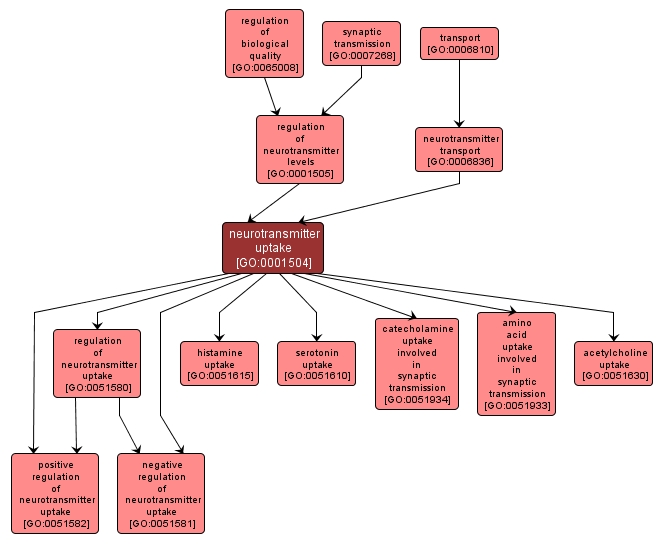| Desc: |
The directed movement of neurotransmitters into neurons or glial cells. This process leads to inactivation and recycling of neurotransmitters. It does not occur during cholinergic synaptic transmission. Instead, acetylcholine is enzymatically degraded in the synaptic cleft. |














